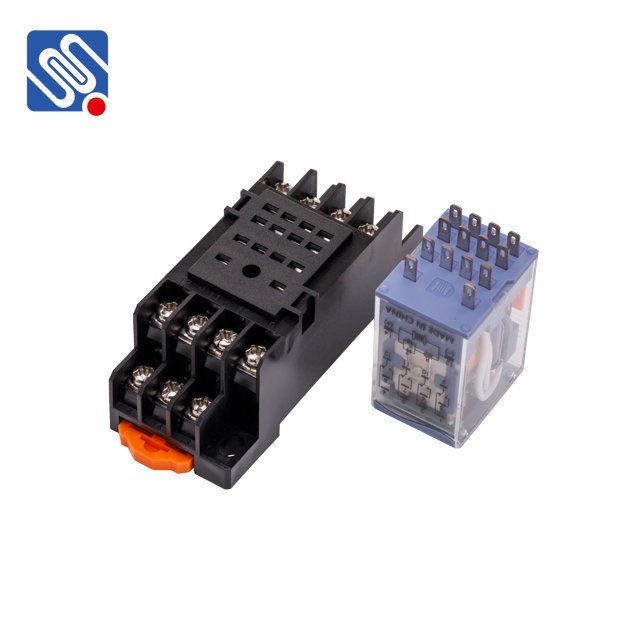An electromagnetic relay is a widely used electrical device that plays a pivotal role in the automation and control systems of modern technology. The basic operation of an electromagnetic relay is to control the opening and closing of electrical contacts by utilizing the magnetic field generated by an electrical current. This simple yet effective mechanism has found applications across various industries, from telecommunications to industrial automation, and continues to be an indispensable component in electrical and electronic circuits.

Principle of Operation The core functionality of an electromagnetic relay is based on the principle of electromagnetism. When an electrical current flows through a coil (electromagnet), it creates a magnetic field. This magnetic field attracts a movable metal armature, which in turn causes the relay’s switch contacts to either open or close, depending on the design of the relay. The force exerted by the magnetic field on the armature is what enables the relay to change the state of the contacts. In a typical setup, when no current flows through the relay’s coil, the contacts remain in their default position — either normally open (NO) or normally closed (NC). When current is applied to the coil, the electromagnetic force activates the armature, causing the switch to change position and thus controlling the connected electrical circuit.